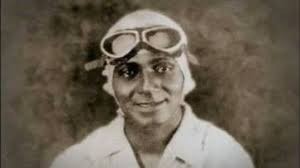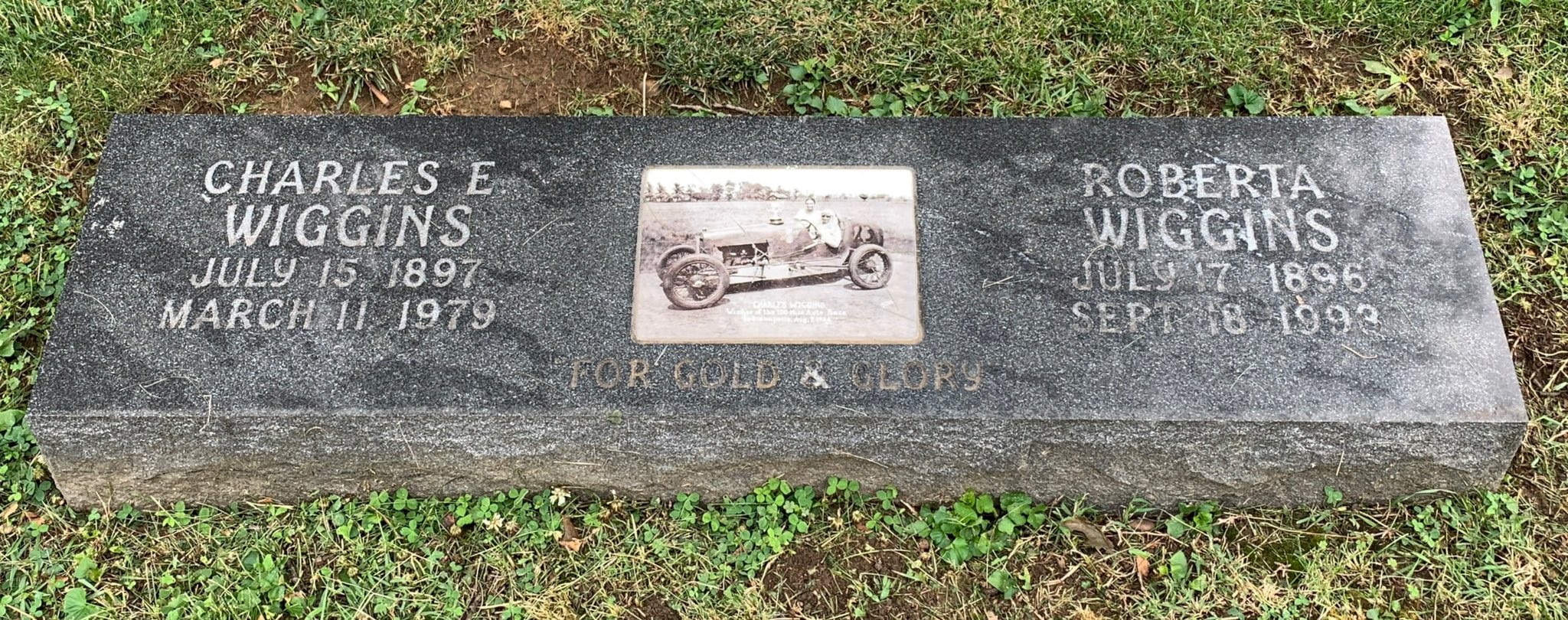Charles Wiggins (1897 – 1979)

In 1924, the African-American newspaper, the Freeman, reported: “The roar [of the crowd] was a greeting to the dawn of new opportunity, another step forward, the brushing away of another barrier, another obstacle met and surmounted by our group in the realm of sports.” They were describing the first Gold and Glory Sweepstakes, a 100-mile auto race around the dirt track at the Indiana State Fairgrounds.
Although he did not participate that first year, Charles Wiggins surely noticed the pomp and pride the event brought to the Black community. Born in Evansville but now living in Indianapolis, Charles owned a garage and was one of the best mechanics around. Indianapolis 500 race car drivers would come to him to try and find the extra speed their cars would need to win the big race.
He was determined to put this magic to test behind the wheel, and he built a car in preparation for the 1926 Gold and Glory race drawing upon his experience with 500 race cars. Dubbed the “Negro Speed King” by the African-American newspaper the Indianapolis Recorder, Wiggins qualified in the front row and went on to win his first of three Gold and Glory titles. The event grew and the 1936 race promised to be the biggest event ever, but a fiery crash involving 13 cars not only brought a swift end to that year’s race and festivities, the race was never held again.
The crash also brought a sad ending to Wiggins’ career as a driver. In critical condition because of the accident, he ultimately lost his right leg. But he did not lose his spirit nor his magic hands. Fashioning himself his own wooden leg, Charles returned to his garage where he continued to build and repair cars until his death in 1979.


